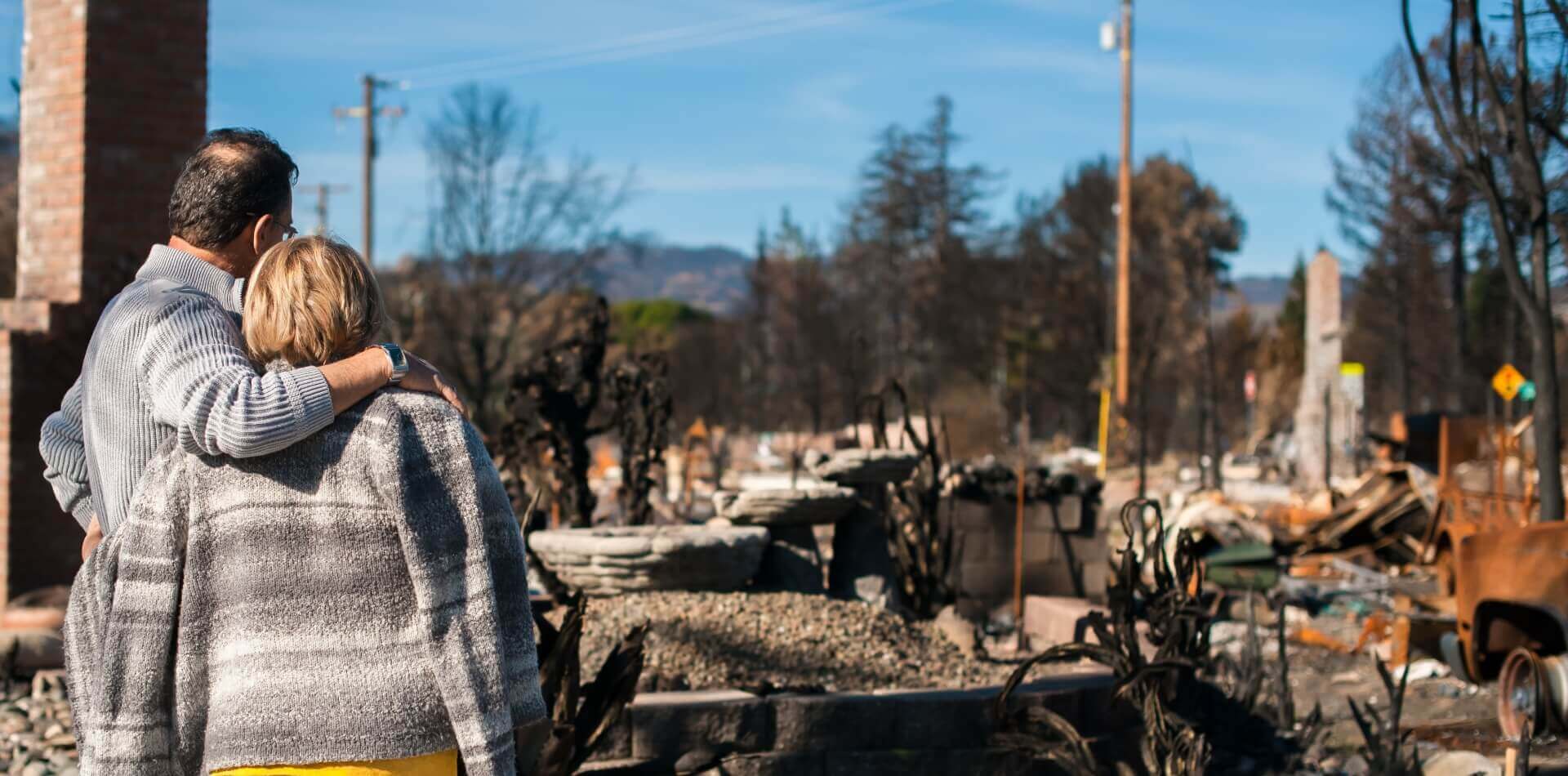Spring is a time of renewal—flowers bloom, temperatures rise, and we finally say goodbye to winter. But along with the sunshine comes a not-so-welcome guest: heavy spring rains. For many homeowners, that means a higher risk of water damage, and with it, the headache of dealing with insurance claims.
Most people don’t think about their homeowners insurance policy until something goes wrong. But when water starts leaking through the ceiling or seeping into the basement, the fine print suddenly matters a lot. In this post, we’ll break down why spring is prime time for water damage, what insurance does (and doesn’t) cover, and how you can protect your payout if you need to file a claim.
Spring Showers = Real Risk of Water Damage
Spring is notorious for unpredictable weather. As snow melts and seasonal storms roll through, homes across the country face increased threats of water damage. Whether it’s a tree branch crashing into your roof or clogged gutters causing water to back up into your home, even a brief downpour can lead to costly repairs.
According to HouseCashin, about 1 in 60 insured homes files a property damage claim each year due to water damage or freezing. That makes water damage one of the most common (and expensive) reasons homeowners file claims. The average payout? Roughly $13,954 per incident. Not exactly pocket change.
If you live in an area prone to spring storms or poor drainage, now’s the time to check your roof, clean out your gutters, and make sure your sump pump is in working order.
What Does Your Insurance Actually Cover?
Not all water damage is treated equally in the eyes of your insurance company.
Standard homeowners insurance policies generally cover sudden and accidental water damage—meaning damage that occurs unexpectedly and not due to neglect or wear over time. For example, if a pipe suddenly bursts and floods your kitchen, that would typically be covered. In contrast, damage that develops slowly—like a persistent leak under a sink that leads to mold—is often excluded under the term ‘gradual damage’ in most policy language. That might include:
- A pipe bursting unexpectedly
- Water entering through a roof damaged by a storm
- Overflow from a malfunctioning appliance like a washing machine
However, damage that occurs gradually over time is often not covered. That includes:
- Leaky faucets or slow drips
- Mold from poor ventilation
- Long-term roof deterioration
And if your home floods due to rising water levels or storm surge? That falls under flood insurance, which is a separate policy entirely.
Insurance companies are quick to draw the line between “sudden” and “gradual” damage—and homeowners can protect themselves by documenting regular maintenance, such as roof inspections, plumbing checks, and gutter cleanings. Keeping dated records and receipts for these services can be vital in proving to an insurer that you’ve taken proactive steps to prevent long-term damage. That distinction often becomes the reason your claim gets denied.
Why Water Damage Claims Get Denied
Filing a claim doesn’t guarantee a payout. In fact, water damage claims are frequently denied for a few common reasons:
- Gradual Damage: If the insurer believes the problem developed over time (say, a slow roof leak), they may argue it’s a maintenance issue, not an insurable event.
- Negligence: Failing to fix known problems, like ignoring a leaky pipe, can disqualify you from coverage.
- Insufficient Documentation: Without clear photos, repair estimates, and a record of the damage, adjusters may downplay the severity or reject the claim outright.
Legal experts like Krapf Legal note that insurers often try to classify water damage as “gradual” to reduce payouts—even when the homeowner feels blindsided by the issue. It’s a frustrating loophole that leaves many policyholders feeling powerless.
How to Protect Your Payout: Tips for Filing a Water Damage Claim
If your home suffers water damage this spring, here’s how to protect your payout and avoid costly mistakes:
- Document Everything Immediately: Take clear photos and videos of the affected areas before doing any cleanup.
- Prevent Further Damage: Insurers require policyholders to mitigate damage. That means temporary fixes like tarping a roof or shutting off water valves.
- Keep All Receipts: Save every invoice and receipt for emergency repairs or cleanup services.
- Don’t Toss Damaged Items: Your adjuster may want to inspect them.
- Communicate in Writing: When dealing with your insurance company, it’s always smart to keep a paper trail.
And remember: never feel pressured to accept the first settlement offer. You have the right to review the scope of loss and push back if the numbers don’t add up.
The Role of a Public Adjuster: Why You Might Need One
This is where a public adjuster can make all the difference.
Unlike the adjuster assigned by your insurance company (who works to protect their bottom line), a public adjuster works for you. Their job is to:
- Interpret the details of your policy
- Accurately assess the damage
- Negotiate directly with your insurer
- Maximize your payout
Because public adjusters typically earn a percentage of the final settlement—usually between 5% and 15%, depending on the state and complexity of the claim—they’re motivated to get you every dollar you deserve. They also take the stress out of the back-and-forth, especially if you’re unfamiliar with insurance jargon or dispute processes.
If your claim was denied or you feel like the insurer lowballed you, a public adjuster may be your best next call.
Real-Life Example: Getting a Payout After a Denial
One recent client of Capital Adjusting Services came to us after their insurer denied a water damage claim from a spring storm. The damage was initially labeled as “gradual wear”—but after our inspection and proper documentation, we were able to prove it was caused by a sudden roof failure.
The result? A full reversal of the denial and a payout that helped cover the cost of roof repairs and interior restoration.
Final Thoughts
Spring brings beauty and warmer weather—but it also brings risk. Water damage can happen fast, and if you’re not prepared, your insurance payout could fall short of what you need to recover.
The key is to act quickly, document thoroughly, and don’t be afraid to ask for help. Whether you’re in the middle of a claim or just want to review your policy, Capital Adjusting Services is here to help.
Call us today for a free consultation. Let’s make sure spring showers don’t leave you high and dry.
FAQs
Does homeowners insurance cover water damage from rain?
Yes, but only if the damage is sudden and caused by a covered peril (like a tree puncturing your roof). Gradual leaks or flooding from outside may not be covered.
What if my insurance claim is denied?
You can dispute it. Hiring a public adjuster or attorney can help you build a stronger case and reopen the claim.
How much does a public adjuster cost?
Most public adjusters charge a small percentage of your final payout. The cost is often outweighed by the increased settlement they help secure.


